→
the sailors' handbook
Role: Graphic Designer (layout;
typography; illustration), Information Designer
Duration: 3 months (2020)
Tools: Adobe InDesign & Illustrator
typography; illustration), Information Designer
Duration: 3 months (2020)
Tools: Adobe InDesign & Illustrator
the Sailors
Handbook is
an ILLUSTRATED DICTIONARY of
sailing terminology
Handbook is
an ILLUSTRATED DICTIONARY of
sailing terminology
●
The Handbook was created out of a need
to provide a fun and easy way of learning
the most useful seafaring terms.
to provide a fun and easy way of learning
the most useful seafaring terms.
●
let's check it out
The Design Process
Research
→ The Problem
How to make the sailing environment easier to adapt for a newcomer? Less stress on the deck means a safer and more enjoyable cruise for both the amateur and the experienced sailor.
→ Terminology
Why pick Terminology Dictionary for a solution to our problem? I had the experience of being on a cruise as an inexperienced crew member and what I noticed was that the biggest obstacle at the beginning is how exclusive the sailing slang is. My hypothesis was that understanding the terminology will be the key to better newcomer-sailor collaboration.
→ Research Methods
To check if my assumption was correct I conducted a simple Google Survey that was aimed at people with no sailing experience. To make sure my product is different than others available on the market I conducted a competitive analysis of existing sailing handbooks and online materials.
Understand
→ Product Goals
The first steps on the deck might be confusing for a person that never had any sailing experience before. Sailors or people that grew up sailing, can communicate in a way that just makes it even more confusing. During a cruise, everyone has to do little tasks around the boat as most of them require a couple of pairs of hands. If a newcomer doesn't understand what they have to do it can cause frustration to both him and the captain but also endanger the whole crew, as a wrongly performed task on a boat can cause accidents.




Analyze
→ Final Form
Because sailing is an activity that might take place in areas without an internet signal I decided to design the Handbook in a form of a book.
→ Illustrations
Because the book is aimed at people that don't have experience on a boat, most of the term definitions on their own were hard to understand for them. My solution to this obstacle was an illustration system that works alongside text. It stimulates readers' imagination and increases the chances of remembering a term or a tip.
→ Categorizing
There are hundreds of seafaring words in usage. The point of the book is to help someone out of confusion, not confuse them even more, that's why picking the right ones and categorizing them well was crucial to achieving the goal.
Ideate
→ A Layout System
In order to explain a complicated idea that can only be explained in an exclusive language, I needed to form a consistent system.
Each text style, line, and color has its distinctive meaning. It consists of two different kinds of definitions, importance, translations, and a cross-reference system across the publication.
→ An Illustration System
An important part of the user experience is the illustrations. They are designed to work as a system that references itself through the pages.


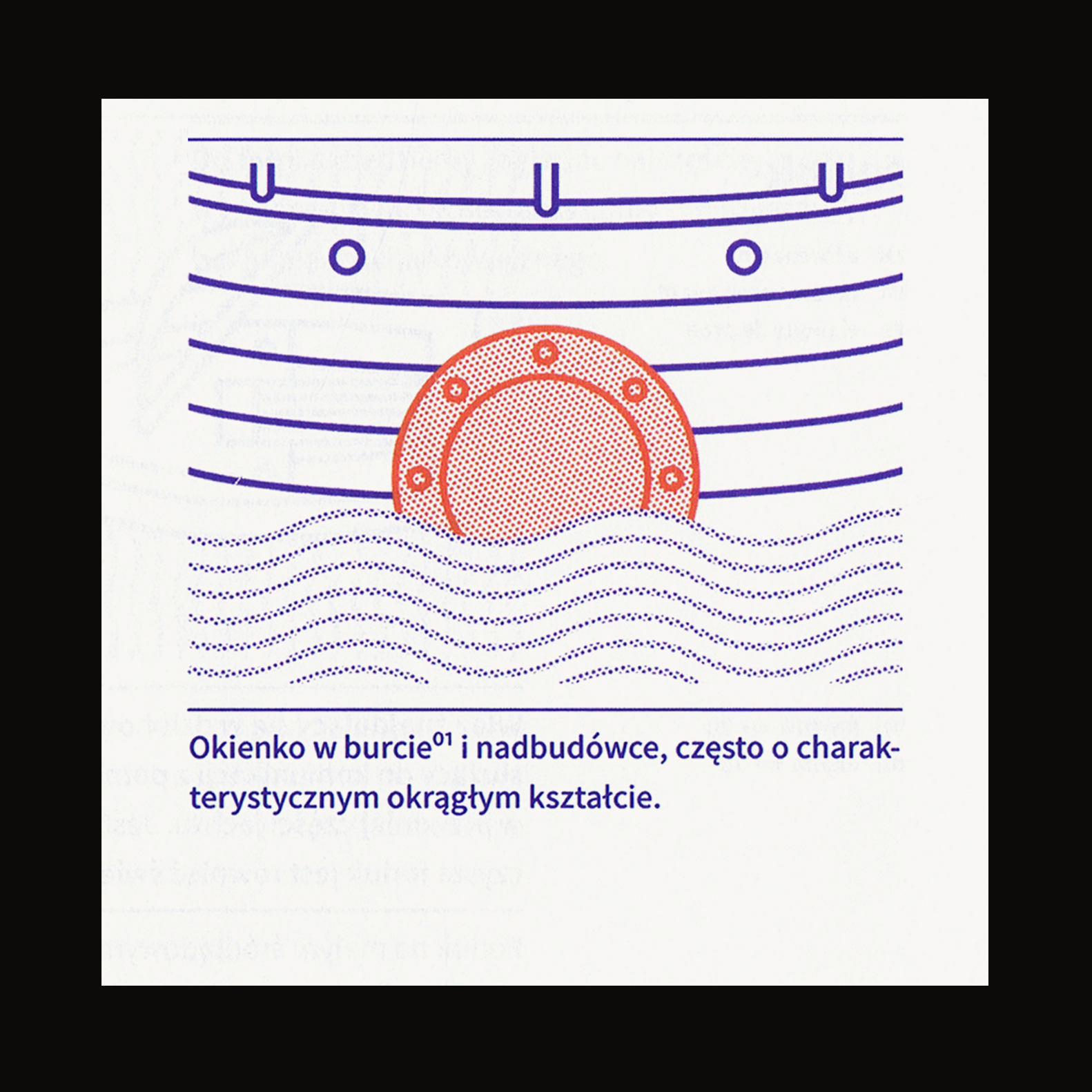
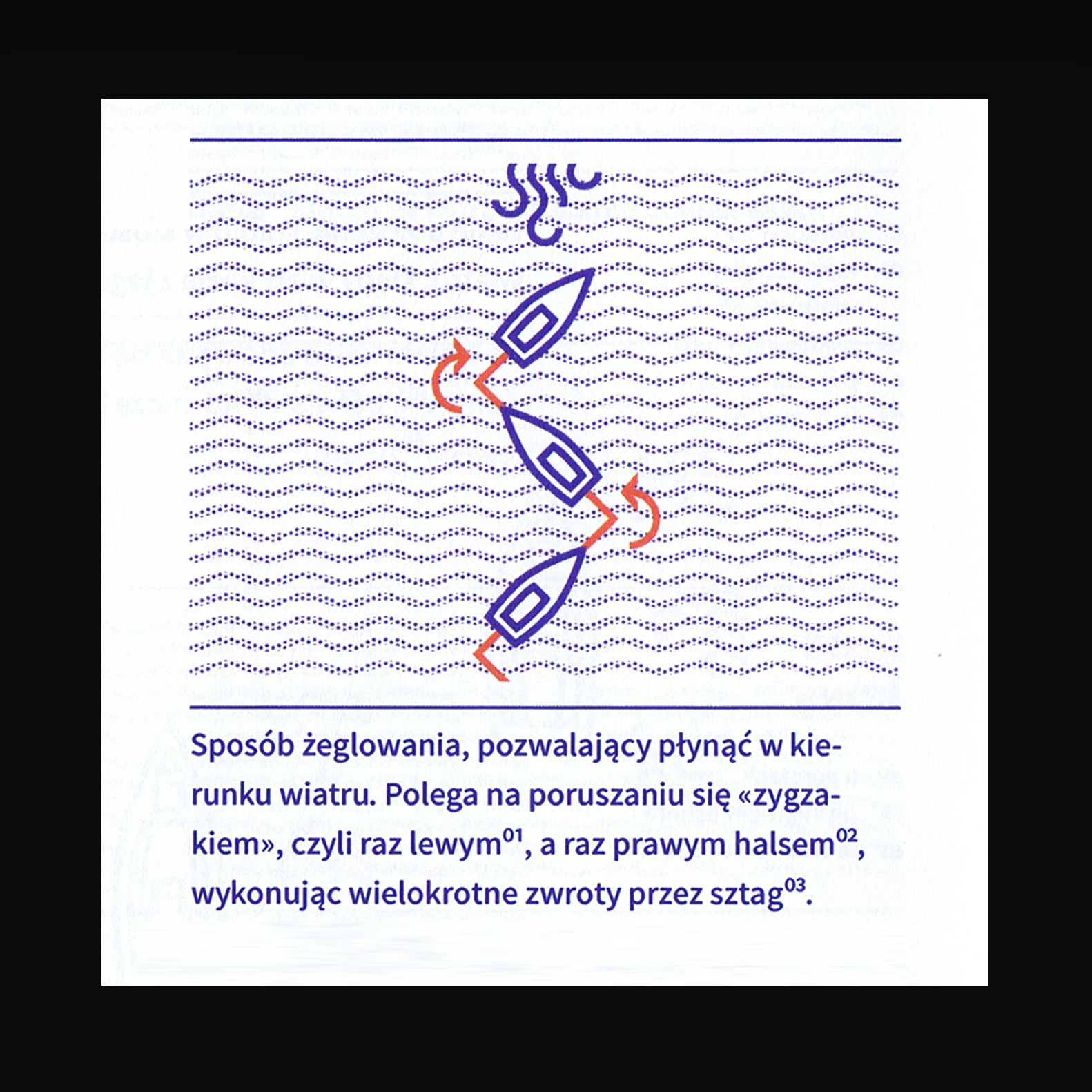
It can be divided into 7 sections. The sections form a uniform style and can be also referenced between each other.
Deck Parts
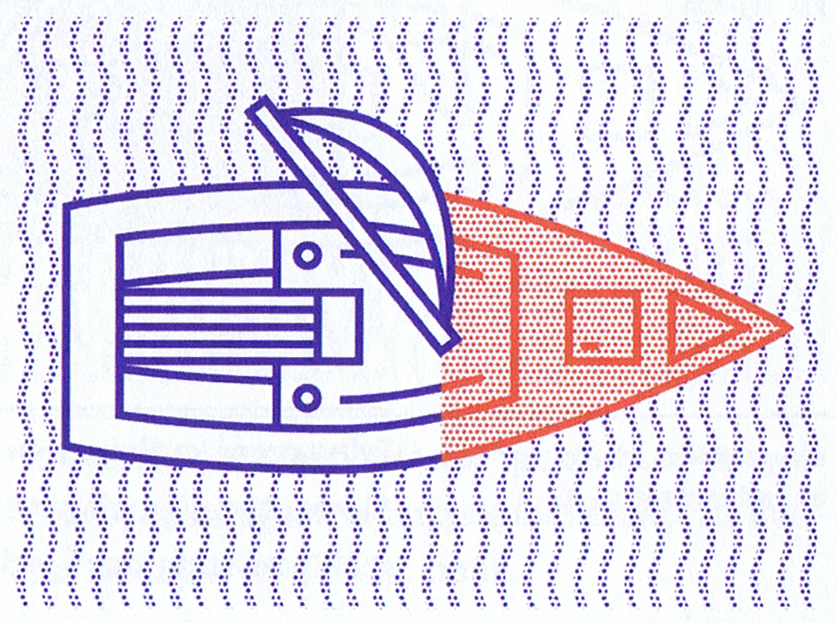


Boat Parts



Ropes



Navigation



→ A Color System
In both text and illustration color played a crucial role. I picked two colors that differentiate the importance of the elements throughout the book.


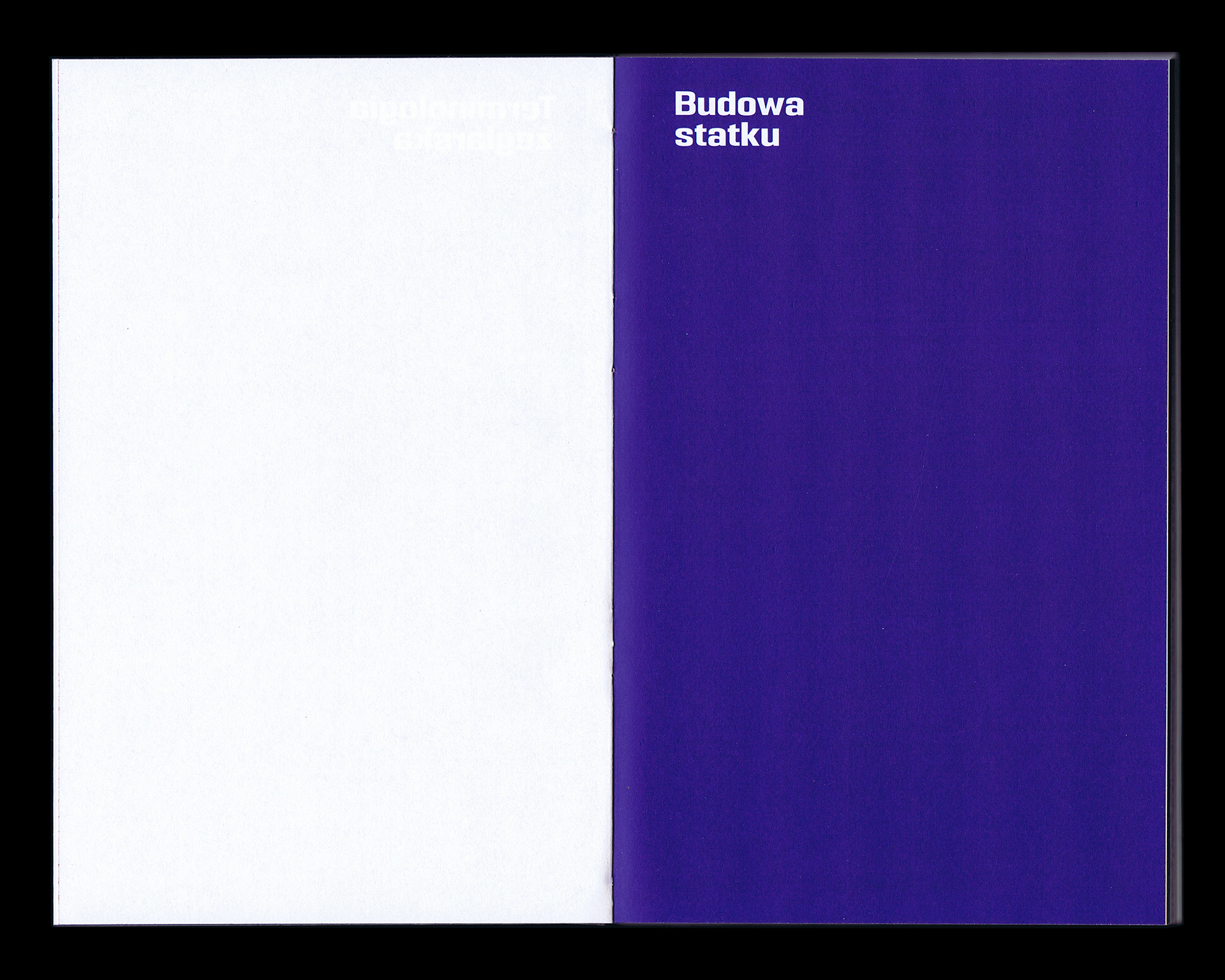

→ Typography
To reinforce all of the systems I planned out, I picked two fonts for the publication. Combined with coloring, each has its purpose in the system.

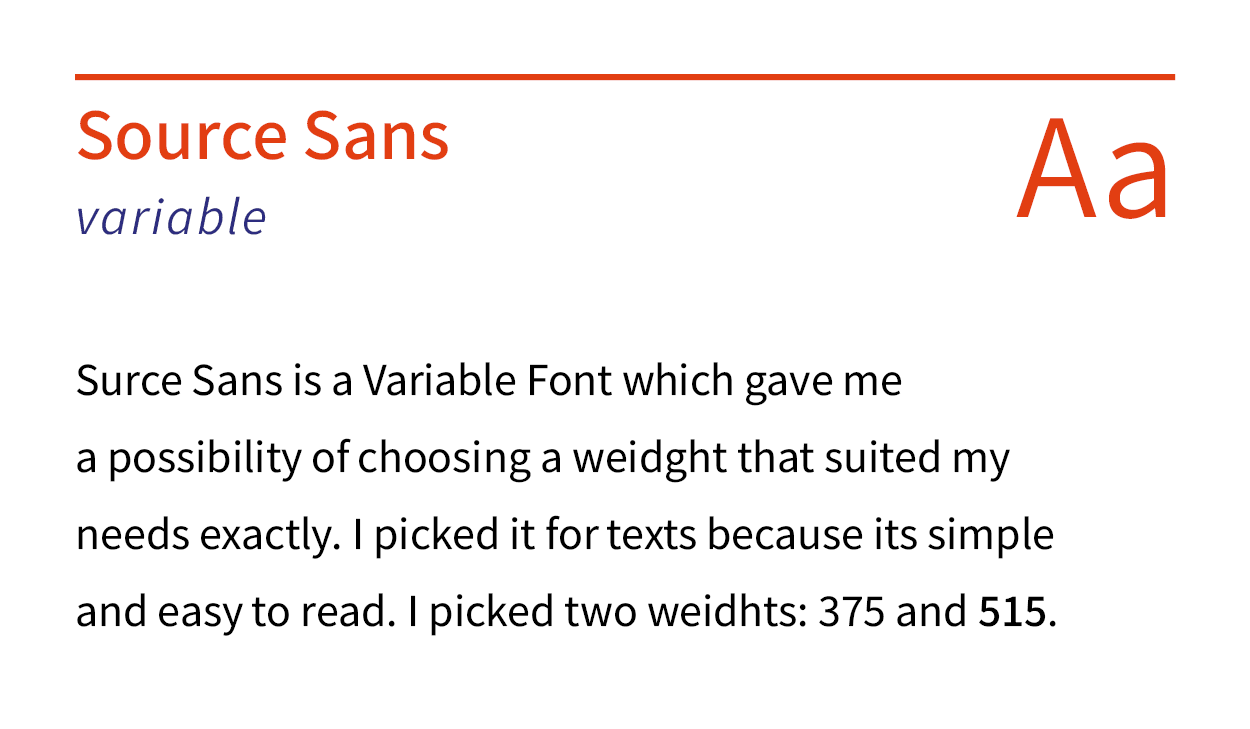
Prototype
→ Prototyping and Testing
During the design process, I have constantly been in touch with the target group and made prototypes. At each stage, I checked at least several other options before it was moved forward.
Visuals
→ The Final Design





